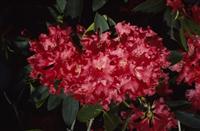
How to Grow Azaleas and Rhododendrons
Considered by many to be the very best plants a garden can offer, azaleas and rhododendrons are some of the most popular plants grown anywhere. The course shows how to grow them to perfection, and builds your knowledge of varieties available, to give you a long lasting display of colour in the garden. Soils, weed control, feeding, pest and disease control, watering, landscape design and lots more are included over eight lessons.
This is a valuable course for garden botanists, designers, gardeners, nurserymen, plant breeders or anyone else dealing with azaleas, rhododendrons and related plants in their regular work.